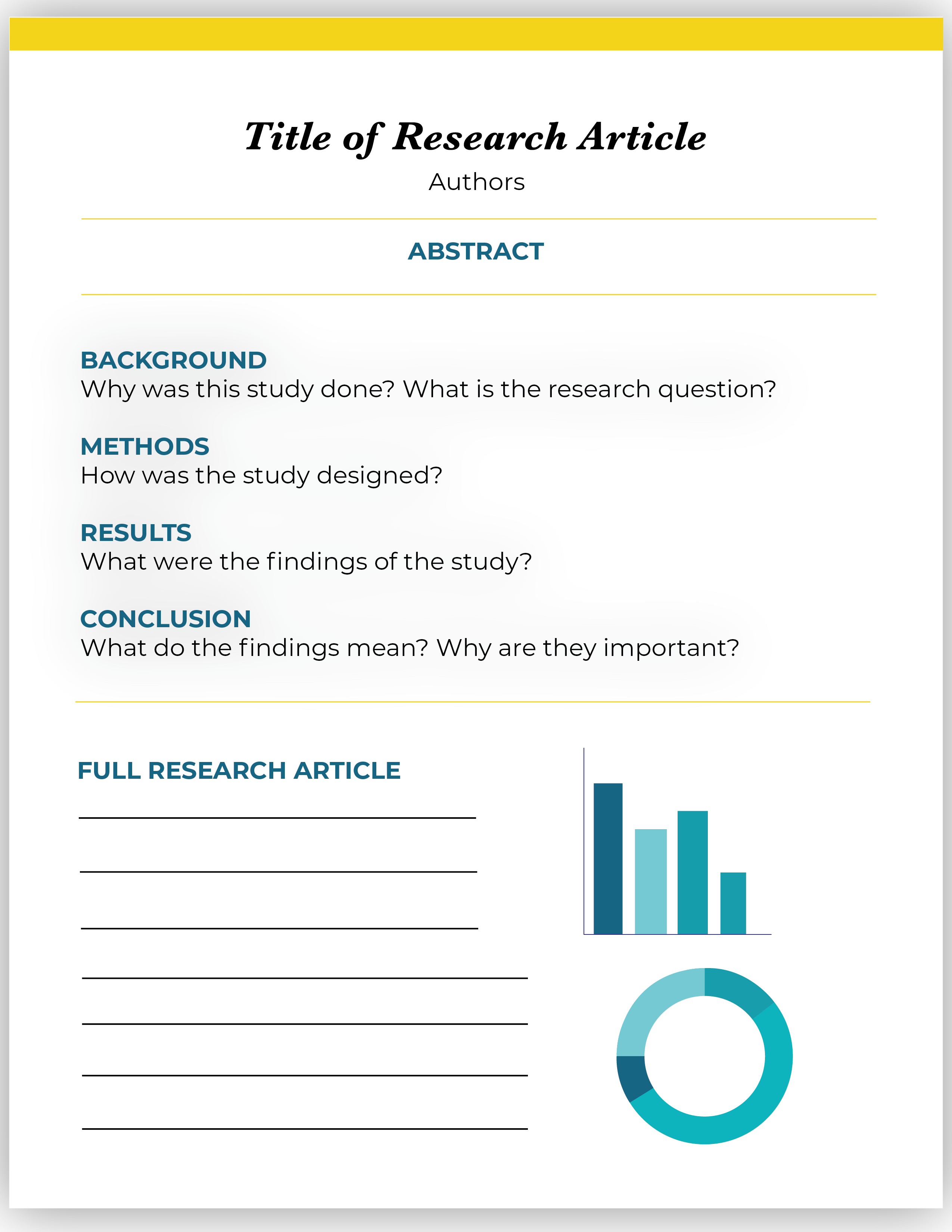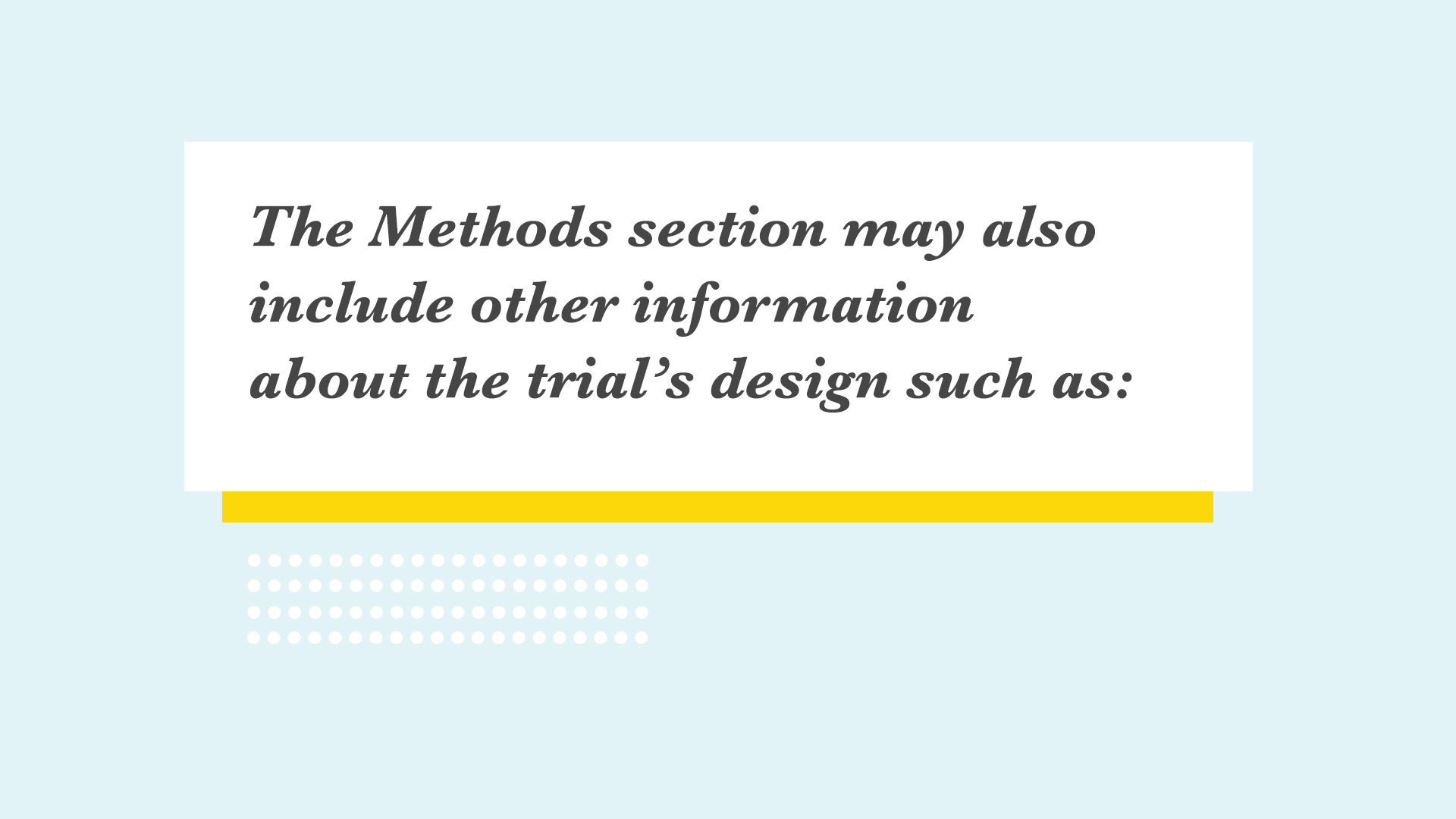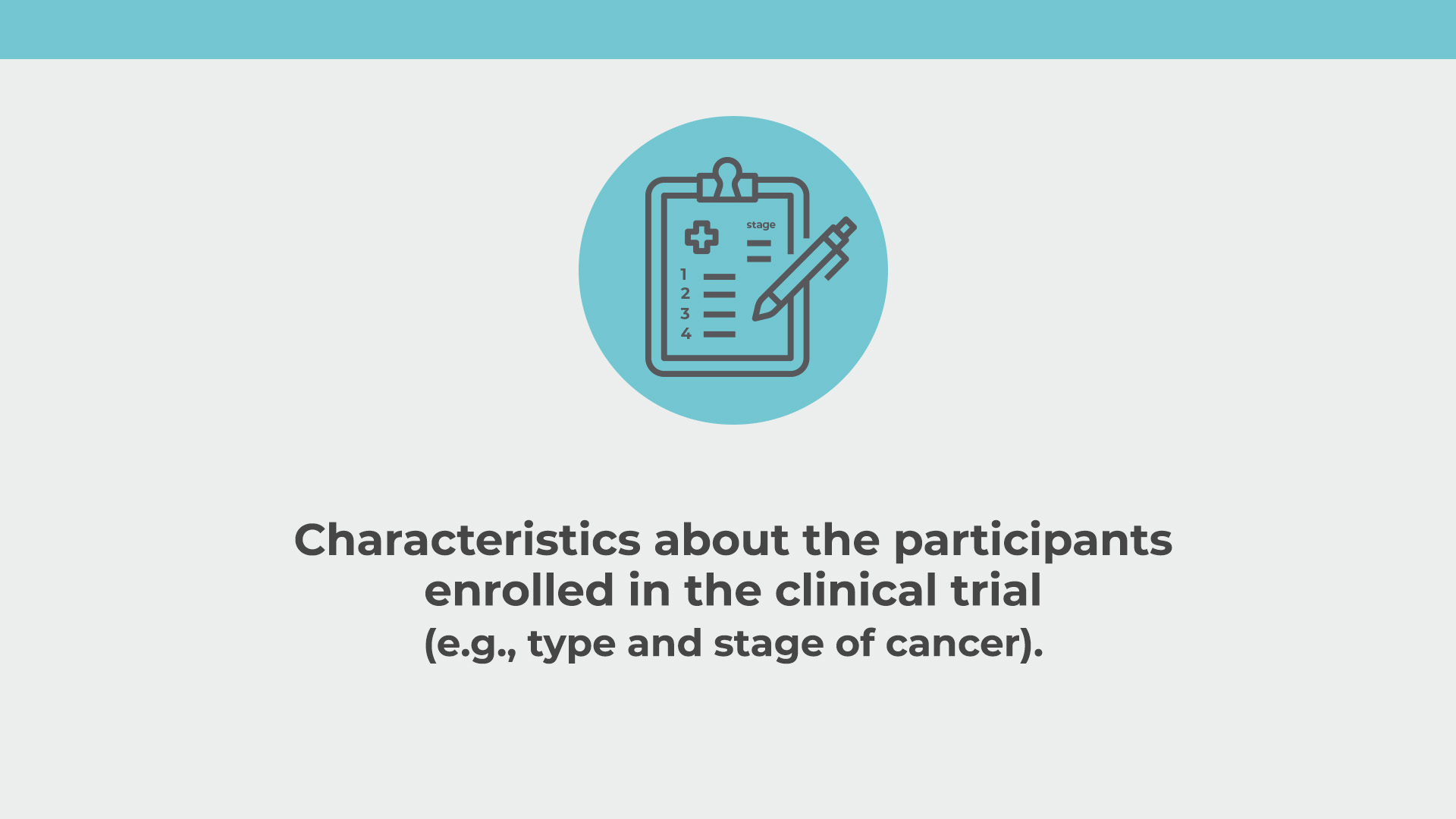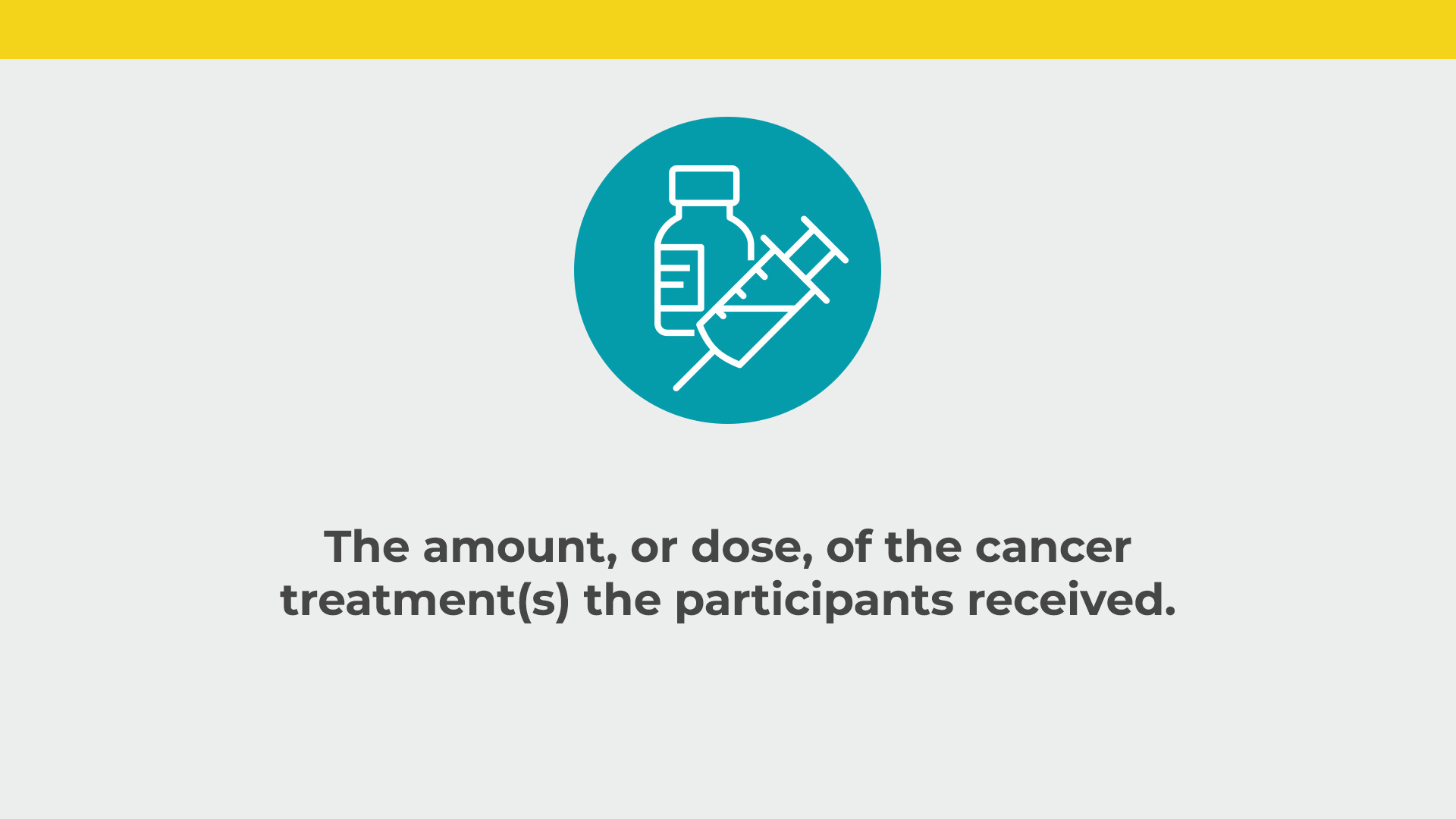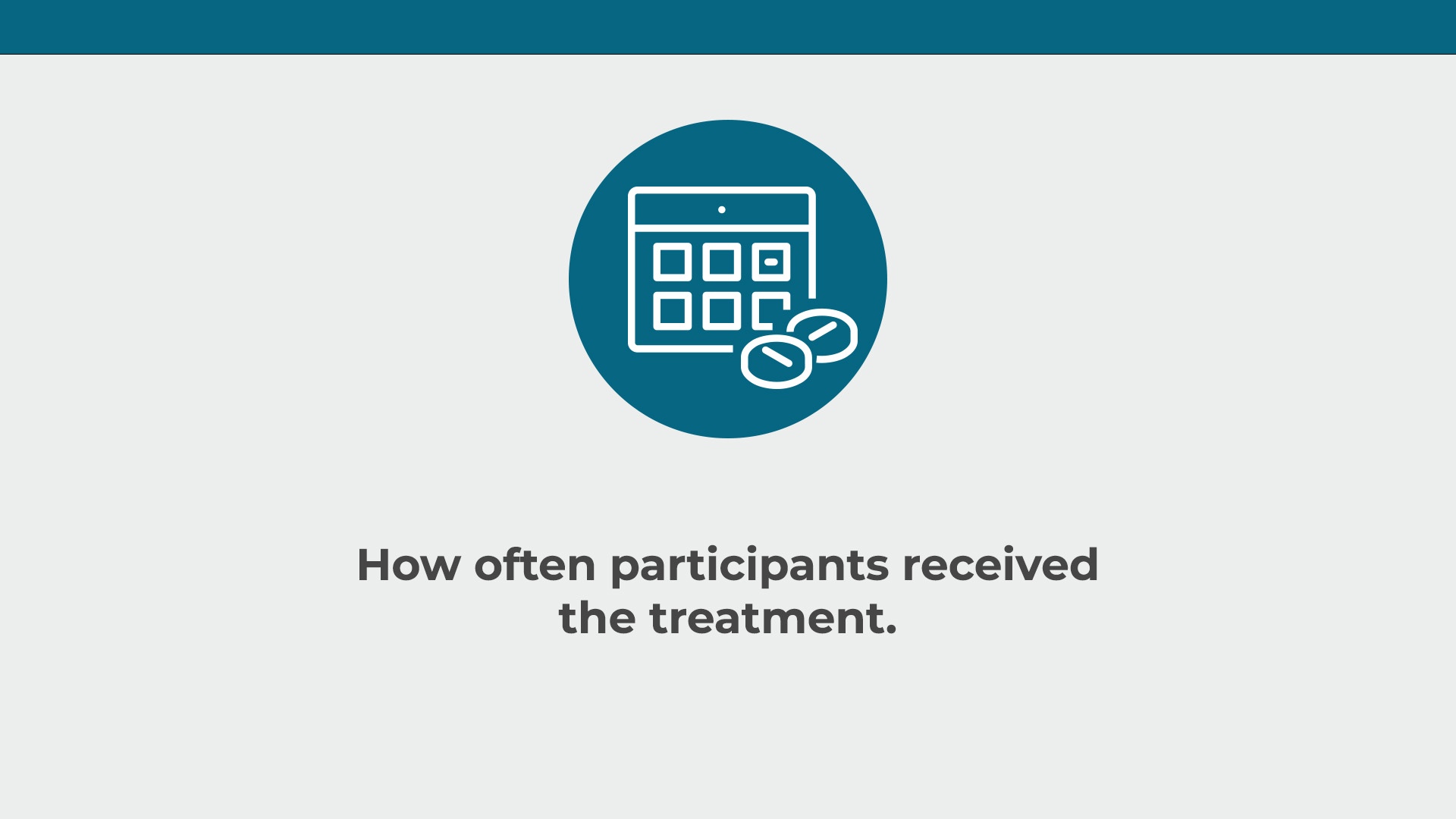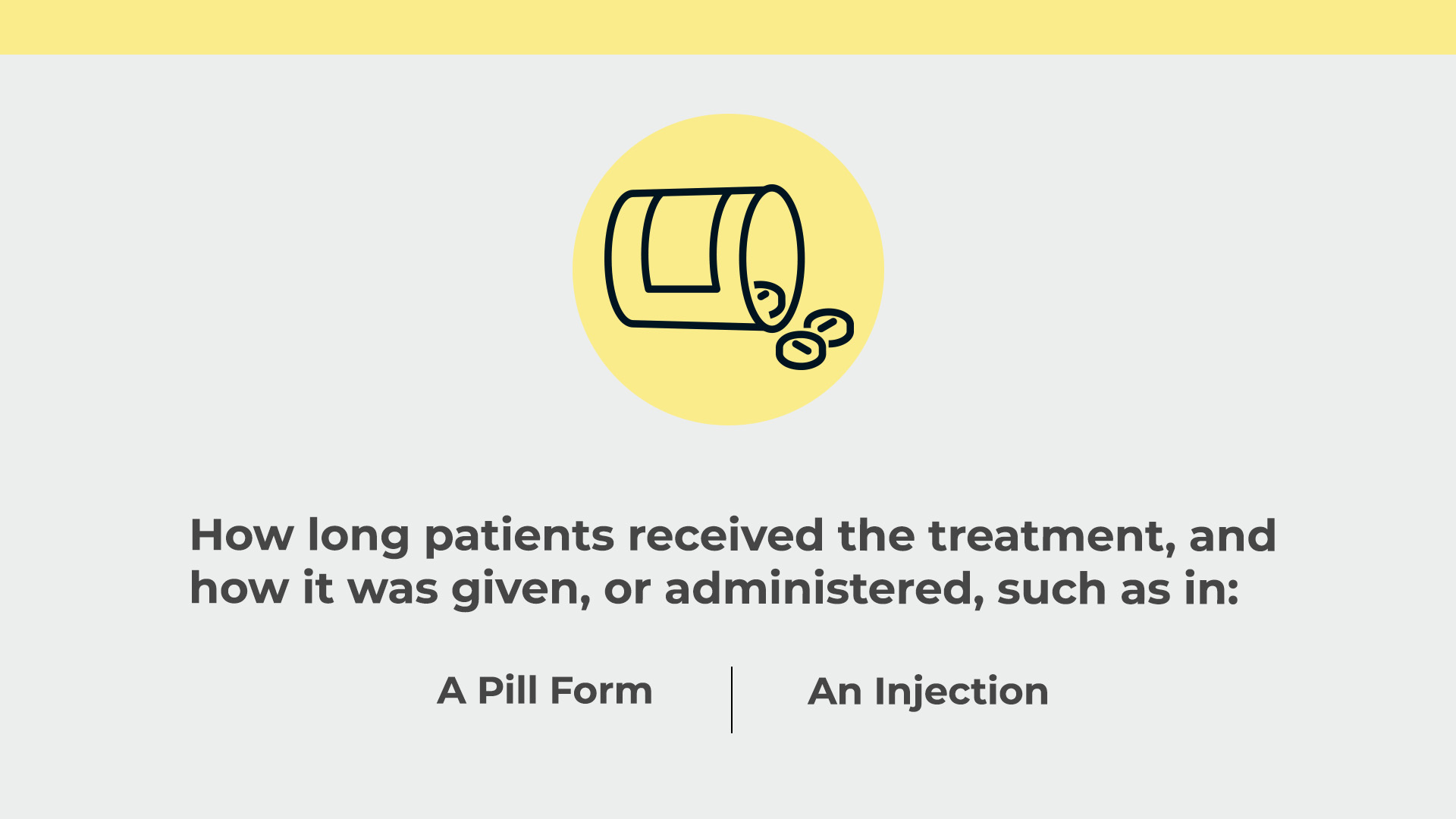How to Read an Abstract for a Clinical Trial Publication
How to Read an Abstract for a Clinical Trial Publication

Research articles provide information about cancer research. There are many different types of cancer research that are published in these articles, including clinical trials that evaluate potential new cancer treatments. Research articles about clinical trials, whether these trials are ongoing or completed, can provide information that may help you and your doctor when making treatment decisions. However, these articles are typically geared toward doctors and scientific researchers, making it difficult for someone without a scientific background to understand.
To help, this article will walk through how to read and interpret the abstract from a research article, or scientific publication. The Common Terms Used in Cancer Research Articles tool defines the words bolded throughout this article as well as other words that may appear in abstracts and research articles for clinical trial results.
What is an abstract?
An abstract is a summary of the research. Abstracts may be published in a scientific journal at the start of the full research article, or they may be used at scientific/medical meetings or other formal presentations of research. The abstract generally contains the most relevant information from the clinical trial, allowing readers to understand what was done and what was learned, at a glance.
When available, plain language summaries (PLS) are helpful resources for understanding cancer research information. They describe clinical trials and their results in simplified language and by way of helpful visual aids and infographics, making them easier to read and understand for people outside of the scientific community. They may be available for abstracts or for full research articles. However, not all abstracts and research articles include a PLS.
Below is a breakdown of the typical sections within an abstract about clinical trial results. One abstract may differ from another in format or in the section names, but they generally include similar information. Full research articles are often divided into similar sections, but they are longer and have more details.
Background
The Background section generally explains what was previously known about available treatments and the disease being studied and what questions the research aims to answer. This section usually tells the reader what cancer(s) and treatment(s) are being studied in the clinical trial. This section may also be called Introduction or Purpose.
Methods
The Methods section generally describes how the clinical trial was designed, including what was measured. Clinical trials measure endpoints. Some endpoints examine a treatment’s efficacy, or how well it works, while others look at its safety and tolerability by measuring adverse events or adverse reactions (sometimes called side effects).
In many clinical trials, the researchers randomly assign the participants to different treatment groups within the study. Assigning participants randomly can help balance the groups so that certain characteristics of the participants that may impact the trial will exist more evenly between the groups. The groups of participants make up what are known as the "arms" of the study, and the treatments can differ between the arms. In a phase 3 clinical trial, participants typically receive either the therapy being studied, a standard of care treatment (which is one of the best treatments already being used for the specific cancer being studied), or standard of care in combination with an inactive substance (also known as a placebo). Participants receiving the treatment under study are in the experimental arm (or investigational arm), while those receiving a standard of care treatment with or without placebo are in the comparator arm (or control group).
Treatments and endpoints vary based on the phase of the trial. For example, a phase 1 study often only includes the treatment being studied, and the endpoints are typically focused on safety, to confirm if further testing of the treatment can continue. As a result, abstracts for phase 1 and 2 trials might have slightly different information from abstracts for phase 3 trials. For more information on the different phases of clinical trials, read Understanding the Clinical Trial Process, which further explores the clinical trial process.
The Methods section also usually describes details of the clinical trial design. Trials might be described as randomized, crossover, parallel, double-blind, or open-label. Read more about these terms in the glossary. Researchers determine the clinical trial design based on the treatment effect they are studying and the answers they seek.
Results
The Results section provides an explanation of the outcomes of the study. This section tells the reader what was learned in the trial, including whether the study treatment was effective and any safety events that were experienced by the participants.
In this section, researchers use statistical (mathematical) tests to compare the results of the treatments being evaluated. These tests help determine whether any improvements that were seen happened by chance or because of a real effect from the study treatment. Some terms often used in this section include statistical significance, confidence interval, hazard ratio, and p-value. These statistical terms are typically used by scientists, but you can ask your doctor, or other member of your healthcare team, about any terms you would like explained more clearly, or you can use the Common Terms Used in Cancer Research Articles tool to help guide you as you are reading an abstract or research article. You may also find it helpful to see if there is a PLS available for the clinical trial, or you can jump ahead to the Conclusion section, which discusses the key takeaways from the study.
Conclusion
The Conclusion section, sometimes called Discussion, summarizes what was learned from the clinical trial and any future steps, such as suggestions for more research. This section explains what the results mean in relation to the clinical trial’s goal, such as explaining whether the cancer treatment being studied had a beneficial effect on the disease of the participants in the trial and was considered acceptably safe. It may also explain how these results are important to the cancer community. This section may also include the limitations of the study, which are weaknesses that may impact the outcome and conclusions of the study. Some examples include limiting the age of the participants, excluding people with other diseases, such as heart disease, etc. Study limitations are not often included in the abstract but rather in the full research article text. Some studies may also have a separate limitations section.
+++
Understanding the latest in cancer research may help you make more informed testing and treatment decisions alongside your cancer care team. Talk to your doctor or a member of your healthcare team if you have any questions about cancer research. As mentioned, the Common Terms Used in Cancer Research Articles tool has definitions for scientific terms used in abstracts and research articles and may be a helpful resource to guide your reading.






